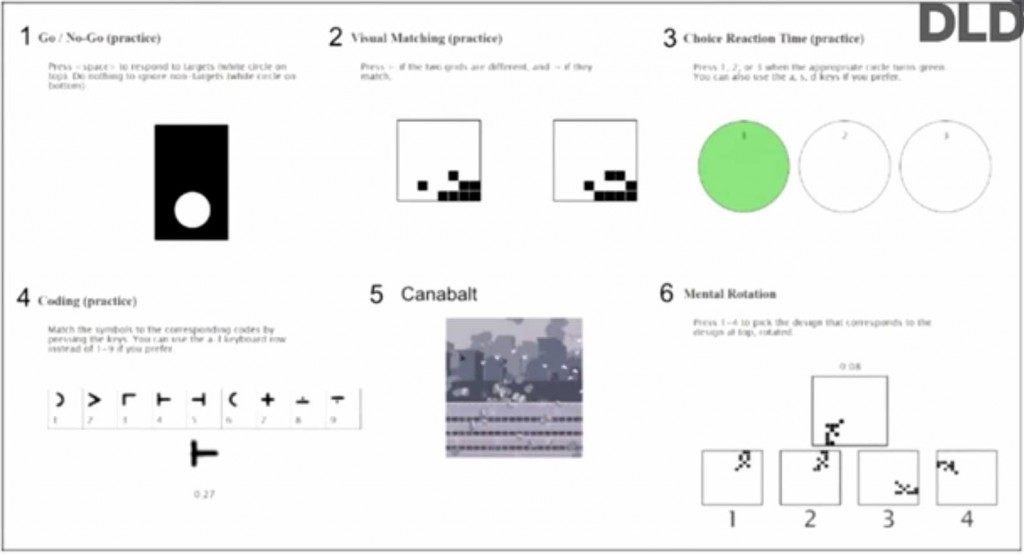Here’s the point of it all… remember the cancer and the climate change and everything. What if you could help people solve those problems? What if there was a thing, that you could do, that in just a few minutes would change the way our best computer works? And this is the thing that I’ve been working on.
Doing a little detective work today in an attempt to better understand Halo Neuroscience.
In this video, from June, 2013, Halo Neuroscience co-founder Amol Sarva (with Daniel Chao & Brett Wingeier) talks about his new company. He mentions that they are testing a prototype, and that while their eventual target audience is anyone with a brain… “We’re going to start by working on people who are not well, people who have had some problems, to help them restore some of their brain function.”
“This is not something that we’re launching on a website for people to buy, at all. But we’re developing a very important new technology that we think is going to have huge impact on the way people’s minds work.”…”In the lab we’ve been working on it now for quite some time and we’ve built five or six generations of the device.” Dec 9, 2013
The 9-dots test, Bingo! The inspiration is Alan Snyder and his ‘inner savant‘ and an article Amol read 13 years earlier (before his fantastic success with Peek and smartphones). And the ‘vision’. March 19, 2014 This is the video from which the opening quote is taken.
In another talk at DLD Jan 21, 2014, Amol mentions that they are now doing double-blind studies and uses this slide to demonstrate. Anyone recognize this particular test suite?
It would appear that Amol is the visionary at the core of Halo Neuroscience, but the team reads like a who’s who of Silicon Valley. I’ll follow-up with a look at some of the other team members soon.

Hi – I have nerve damage that impacts my ability to walk. I use a brace and a cane as my nerves are not sending messages to muscles. Will this help me?
Hi Susan, I’m in no way qualified to answer a question like that. However I can say that in my reading across the scientific literature, I have not seen non-invasive brain stimulation mentioned in the context of increased muscle-nerve connectivity. Not to say there aren’t any studies, just saying that I cannot recollect any. Abut the closest I can think of is tDCS treatment with stroke patients for aphasia. A lot would depend on the nature of your nerve damage. I did a quick search on Reddit for a sub you might pose the question to, but didn’t find a good one. This was as close as I came. The NYTimes article linked to seems like it could be relevant. Best, John https://www.reddit.com/r/IAmA/comments/1a8qc2/i_am_zack_cioromski_survivor_of_a_severed_spinal/